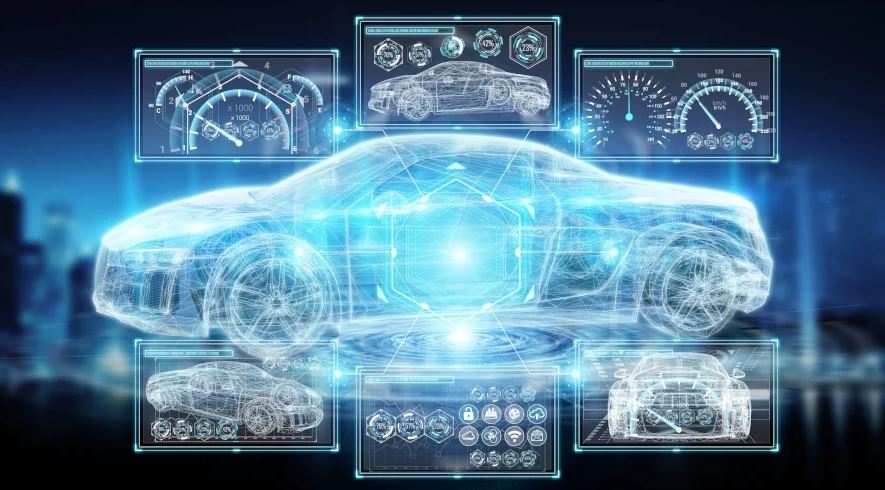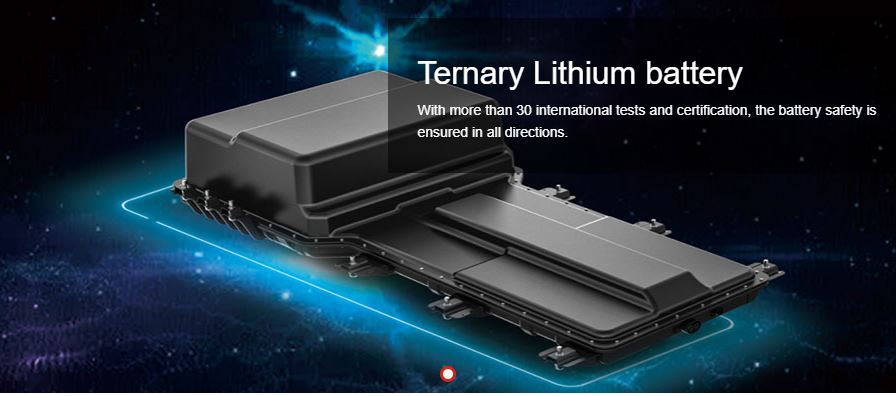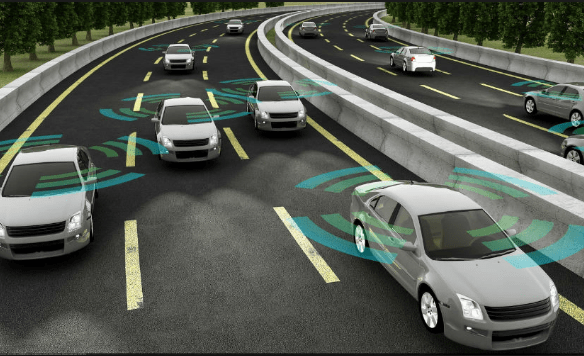Exploring the Top Ten Game-Changing Technologies in Modern Cars
In an era marked by rapid automotive innovation, a series of groundbreaking technologies has emerged as true game-changers, dramatically altering the driving experience and revolutionizing the very concept of mobility itself. From the electrification of vehicles to the remarkable capabilities of autonomous driving, these transformative technologies are thrusting the automotive industry into an era of limitless potential. This comprehensive exploration delves into the ten most influential technologies driving the evolution of modern cars, delving into their profound significance and examining the profound ways they are redefining the interaction between humans and their vehicles.
1: Electric Propulsion and Batteries: Powering the Electric Revolution
At the forefront of automotive transformation stands the realm of electric propulsion and cutting-edge battery technology. Electric vehicles (EVs) are spearheading a cleaner, more sustainable era of transportation, challenging the conventional internal combustion engine. The synergy between electric propulsion systems and advanced lithium-ion batteries has catalyzed a new dawn of emission-free driving. These high-capacity batteries empower EVs with unprecedented efficiency, delivering instantaneous torque and remarkable acceleration. The integration of electric propulsion not only slashes greenhouse gas emissions but also propels innovation toward renewable energy sources and charging infrastructure, laying the foundation for a greener future.
2: Autonomous Driving Technology: Pioneering the Path to Autonomy
The horizon of automotive advancement is graced by the spectacular rise of autonomous driving technology, promising vehicles capable of navigating without human intervention. This monumental shift in driving dynamics is achieved through an intricate amalgamation of cutting-edge sensors, advanced cameras, radar, lidar systems, and sophisticated algorithms. Autonomous vehicles stand poised to revolutionize road safety, dramatically reduce accidents, and usher in a transformative era of mobility, particularly catering to individuals with restricted mobility.
3: Advanced Driver Assistance Systems (ADAS): Elevating Safety and Convenience
Elevating the safety quotient of modern cars, Advanced Driver Assistance Systems (ADAS) represent a portfolio of features meticulously designed to augment driver safety and convenience. Harnessing the prowess of sensors, cameras, and computational algorithms, ADAS introduces functionalities such as adaptive cruise control, lane departure warning, automatic emergency braking, and more. Empowering drivers with real-time alerts and responsive assistance, ADAS is fundamentally reshaping the landscape of road safety, significantly mitigating the risk of accidents.
4: Connected Car Technology: A Symphony of Seamless Connectivity
The digital age sweeps into the automotive domain through the dynamic embrace of connected car technology, orchestrating vehicles’ communication with one another, infrastructural elements, and external services. This intricate connectivity fabric fosters real-time traffic updates, remote vehicle monitoring, over-the-air updates, and a treasure trove of entertainment options. The tapestry of connected car technology interlaces safety, information, and entertainment, culminating in a driving experience that is both safer and more enriched.
5: Vehicle-to-Everything (V2X) Communication: Redefining Communication on the Road
The paradigm of communication between vehicles, pedestrians, and traffic infrastructure is undergoing an extraordinary transformation with Vehicle-to-Everything (V2X) communication. Facilitating real-time exchange of information, V2X empowers drivers with critical insights about potential hazards, traffic conditions, and even traffic signal timing. This innovative communication fabric is rewriting the rules of road safety, fostering a safer and more informed driving environment.
6: Gesture and Voice Control: An Intuitive Interface
Venturing into the realm of human-vehicle interaction, gesture and voice control systems introduce an innovative dimension to the driving experience. These systems empower drivers with the ability to seamlessly interact with various in-car functions using intuitive gestures or vocal commands. By circumventing the need to divert attention from the road, gesture and voice control systems bolster both convenience and safety.
7: Augmented Reality Head-Up Displays (AR HUDs): Navigating with Enhanced Clarity
Augmented Reality Head-Up Displays (AR HUDs) emerge as a cornerstone of enhanced driving experience, projecting critical information like navigation instructions, speed limits, and traffic alerts onto the windshield. This intuitive technology enriches situational awareness, enabling drivers to access imperative information without averting their gaze from the road ahead.
8: Wireless Charging: Revolutionizing EV Charging
A revolutionary transformation is underway in the landscape of electric vehicle charging through the advent of wireless charging technology. By eliminating the need for physical charging cables, wireless charging ushers in a realm where EVs charge effortlessly by simply parking over a wireless charging pad. This innovation unfolds a future where charging becomes an intrinsic part of daily life, seamlessly integrated into routines.
9: 3D Printing and Additive Manufacturing: Reinventing Manufacturing
The automotive manufacturing landscape is undergoing a radical metamorphosis through the convergence of 3D printing and additive manufacturing technologies. These innovations facilitate the creation of intricate parts and prototypes with unparalleled precision, customization, and diminished production costs. The trajectory of 3D printing holds the potential to revolutionize vehicle design and manufacturing processes.
10: Advanced Materials and Lightweighting: Pursuit of Efficiency
The integration of advanced materials, such as carbon fiber composites and lightweight alloys, constitutes a pivotal driving force in the evolution of vehicle design. By reducing overall vehicle weight, manufacturers enhance fuel efficiency, elevate handling dynamics, and sustain uncompromised safety standards. The fervent focus on materials innovation is a testament to the profound transformation shaping the trajectory of automotive engineering.
In summation, these ten transformative technologies stand as vanguards of an automotive revolution, propelling the industry into a new epoch characterized by sustainability, safety, and seamless connectivity. As these innovations continue to weave intricate webs of advancement, they unravel a future where driving evolves beyond mere transportation, amalgamating efficiency, convenience, and exhilaration. The roadmap ahead is illuminated by the luminous promise of these technologies, each contributing to an elaborate tapestry that is irrevocably shaping the automotive landscape of tomorrow.



